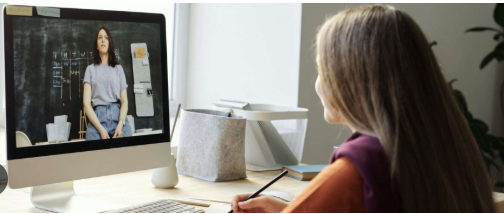Article:
In 2025, educators are blending instructional strategies to improve student outcomes, and one powerful combination gaining momentum is the integration of personalized learning with the flipped classroom model. By rethinking how and when instruction happens, this approach gives students greater control over their learning while enabling teachers to offer more targeted support during class time.
What Is the Flipped Classroom Model?
The flipped classroom reverses the traditional learning structure. Instead of introducing new content during class, students access instructional materials—such as videos, readings, or interactive modules—outside of class time. Classroom sessions are then used for discussion, practice, and personalized guidance.
Why It Works Well with Personalized Learning
The flipped model complements personalized learning by freeing up classroom time for deeper, student-centered activities. When students engage with content at their own pace outside of class, they arrive better prepared to ask questions, explore concepts, and receive support that fits their individual learning goals.
Tailoring Instruction Outside the Classroom
With digital tools, educators can provide various types of content to meet diverse learning preferences. Some students may benefit from visual explanations, while others prefer audio or text-based materials. This flexibility allows each student to engage with content in the format and timeframe that works best for them.
Maximizing Class Time for Personalization
In a flipped classroom, in-person time becomes an opportunity for teachers to work closely with students—offering targeted feedback, supporting small-group collaboration, or guiding independent projects. This shift makes it easier to implement differentiated instruction and respond to individual needs in real time.
Encouraging Active Learning and Responsibility
Combining personalized learning with a flipped model helps students take ownership of their learning journey. They become active participants, choosing when and how they study, and engaging more meaningfully in class through discussion, problem-solving, and peer interaction.
Technology as an Enabler
Digital platforms support both flipped and personalized approaches by organizing content, tracking student progress, and enabling communication. Educators can use data to understand how students are engaging with materials and make informed adjustments.
Conclusion
In 2025, the integration of personalized learning and the flipped classroom model is helping create more flexible, student-focused learning environments. By combining the best of both strategies, educators can deliver content in ways that honor individual needs while making classroom time more collaborative, interactive, and impactful. Together, these methods empower students to learn with greater purpose, confidence, and engagement.














